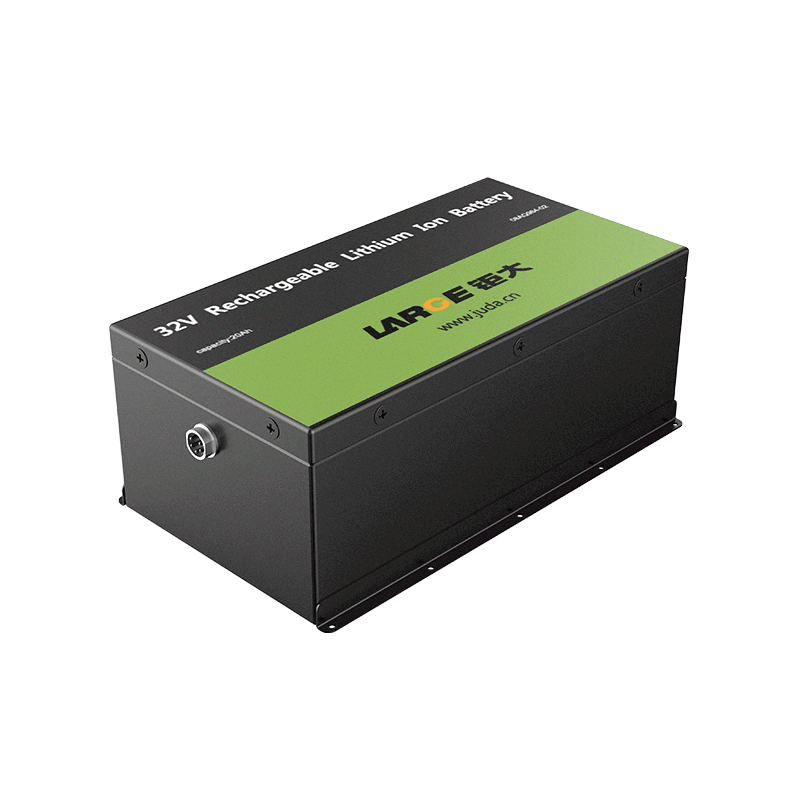The performance of lithium batteries has been gradually broken through
Oct 29, 2019 Pageview:15398
Silicon anodes have attracted great attention in battery industry. Compared with lithium-ion batteries using graphite anodes, they can provide 3-5 times larger capacity. The larger capacity means that the battery will last longer after each charge, which can significantly extend the driving distance of electric vehicles. Although silicon is abundant and cheap, the charge-discharge cycles of Si anodes are limited. During each charge-discharge cycle, their volume will be greatly expanded, and even their capacitance will decline, which will lead to the fracture of the electrode particles or the delamination of the electrode film.
The KAIST team, led by Professor Jang Wook Choi and Professor Ali Coskun, reported on 20 July a molecular pulley adhesive for large capacity lithium ion batteries with silicon anodes.
The KAIST team integrated molecular pulleys (called polyrotaxanes) into battery electrode binders, including adding polymers to the battery electrodes to attach the electrodes to metal substrates. The rings in polyrotane are screwed into the polymer skeleton and can move freely along the skeleton.
The rings in polyrotane can move freely with the volume change of silicon particles. The slip of rings can effectively keep the shape of silicon particles, so that they will not disintegrate in the continuous volume change process. It is noteworthy that even crushed silicon particles can remain coalescent due to the high elasticity of polyrotane adhesives. The function of the new adhesives is in sharp contrast to that of the existing adhesives (usually simple linear polymers). The existing adhesives have limited elasticity and therefore cannot firmly maintain the particle shape. Previous adhesives can scatter crushed particles and reduce or even lose the capacity of silicon electrodes.
The author believes that this is an excellent demonstration of the importance of basic research. Polyrotaxane won the Nobel Prize last year for the concept of "mechanical bonds". "Mechanical bonding" is a newly defined concept that can be added to classical chemical bonds, such as covalent bonds, ionic bonds, coordination bonds and metal bonds. Long-term basic research is gradually addressing the long-standing challenges of battery technology at an unexpected rate. The authors also mentioned that they are currently working with a large battery manufacturer to integrate their molecular pulleys into actual battery products.
Sir Fraser Stoddart, 2006 Noble Laureate Chemistry Award winner at Northwestern University, added: "Mechanical bonds have recovered for the first time in an energy storage environment. The KAIST team skillfully used mechanical binders in slip-ring polyrotaxanes and functionalized alpha-cyclodextrin spiral polyethylene glycol, marking a breakthrough in the performance of lithium-ion batteries on the market, when pulley-shaped aggregates with mechanical binders. Compounds replace conventional materials with only one chemical bond, which will have a significant impact on the properties of materials and equipment.
The page contains the contents of the machine translation.
- Prev Article: Lithium battery protection panel wiring method
- Next Article: Brief description of Tesla Powerpack Large Energy Storage System
Leave Message
Hottest Categories
-
Hottest Industry News
-
Latest Industry News









